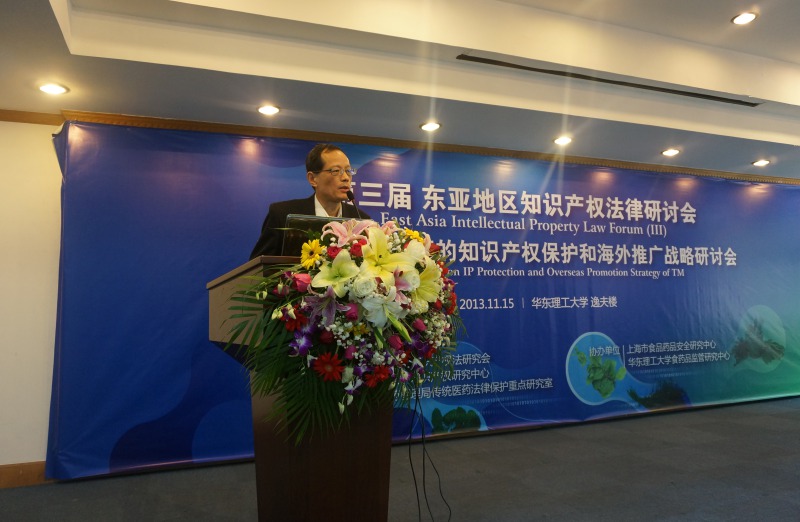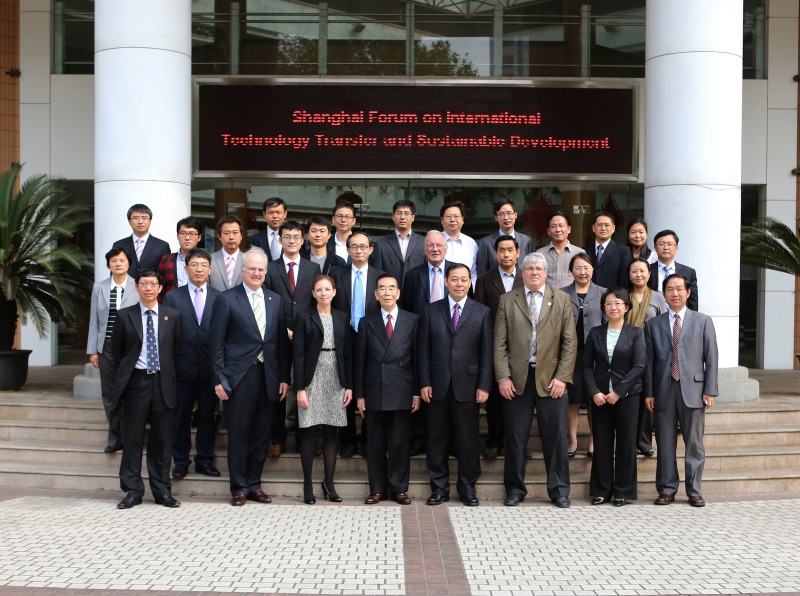On Local Administrative Protection of Intangible Cultural Heritage in China: A Case Study on Tianjin Kuaibaner
Yu Huihua, Zeng Yan Law ScienceMagazine 2014(04)
【Abstract】
As asource of cultural innovation, intangible cultural heritage takes an important partin Chinese traditional culture. The Intangible Cultural Heritage(ICH) Law hasbeen put into implementation in 2011 which provides legal basis for localadministrative protection of intangible cultural heritage.This study carries onTianjin Kuaibaner and thoroughly analyzes the main problems of localadministrative protection of intangible cultural heritage. In this paper, it ispointed out that for strengthening administrative protection of intangiblecultural heritage, local governments need to enhance both culturalconsciousness and self-confidence as well as adhering to the principle of"people base" on the protection of living culture.
The 3parts of this article are as follows:
1、Thecurrent situation of the local administrative protection of intangible culturalheritage.
There are two stages of the local administrative protection of intangiblecultural heritage according to the ICH Law. Before the promulgation of thislaw, the protection of intangible cultural heritage is based on the relatedregulations and policies issued by central and local government. Theimplementation of Chinese ICH Law has fulfilled the legislation gas in thisfield.
2、The mainproblems and the related reasons of the local administrative protection ofintangible cultural heritage.
First of all, the virtuous circle mechanism of cultural protection andeconomic development remains to be further determined. Secondly, the inheritormechanism of intangible culture also remains to be further strengthened. Inthis paper, it is pointed out that the regulations and polices made by thelocal government lack pertinence and long-effect mechanism.
3、Therecommendations to strengthen the local administrative protection of intangiblecultural heritage.
This paper suggested that enhancingcultural self-consciousnessand self-confidence is necessary, and insisting the principle of dynamic and people-orientedprotection is also essential.
next:A New Reflection on Intellectual Property Protection of Intangible Cultural Heritages—Taking a Case Study of Tibetan traditional cultural manifestations


